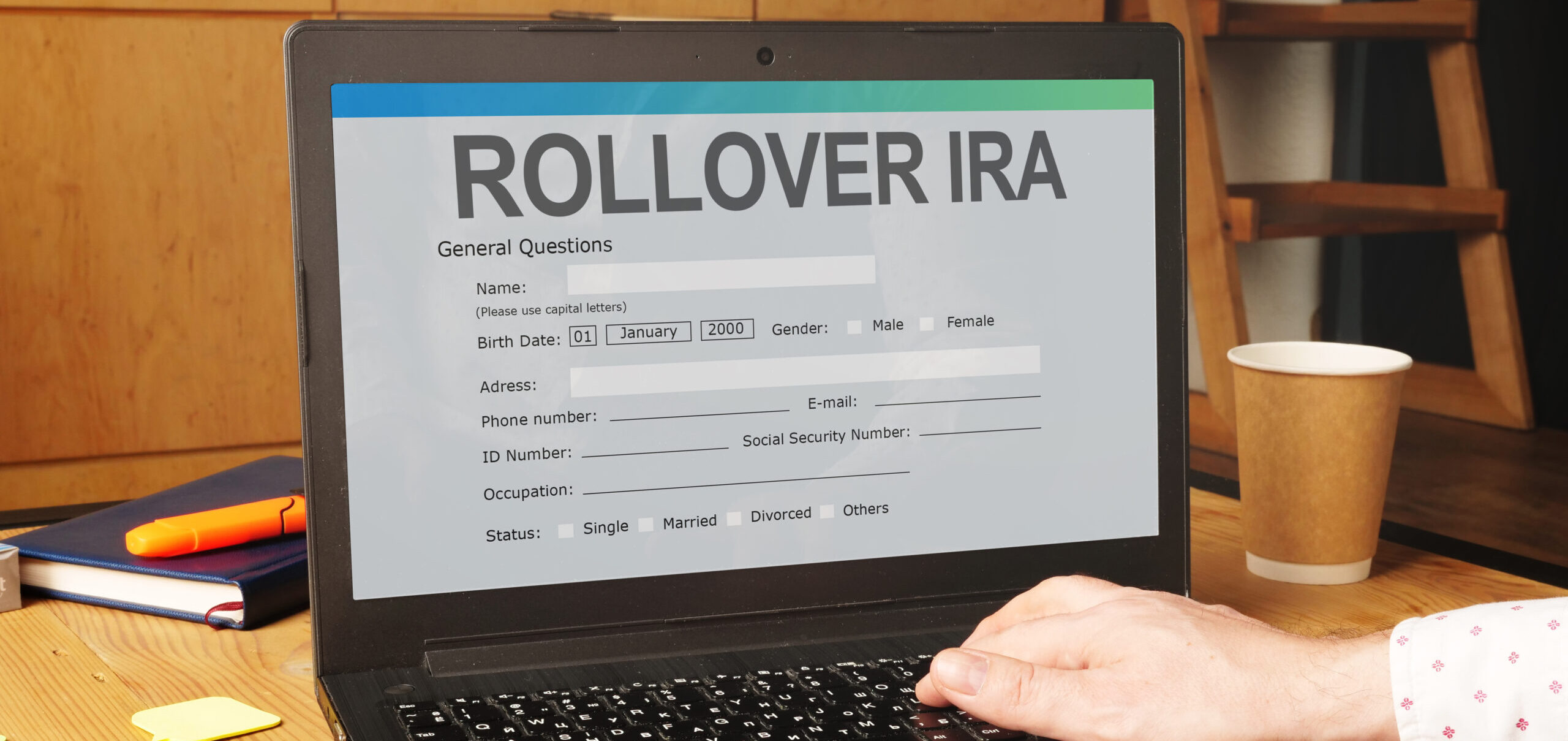One downside of contributing to a traditional IRA is that, once you reach age 70½, you must begin taking required minimum distributions (RMDs) — and pay taxes on those distributions — whether you need the money or not. But if you’re charitably inclined, you can use a qualified charitable distribution (QCD) to avoid taxes on up to $100,000 in RMDs per year.
Also known as a “charitable IRA rollover,” a QCD is a direct transfer from your IRA to an eligible charity. It counts as a distribution for RMD purposes, but it’s excluded from your income. And it has certain tax advantages over traditional charitable contributions.
Advantage of QCDs Over Ordinary Donations
When you receive an RMD, it’s taxable to the extent it’s attributable to deductible contributions and earnings on those contributions. (Amounts attributable to nondeductible contributions are tax-free.)
One strategy for reducing these taxes is to donate the taxable portion (or an equivalent amount) to charity. If the donation is fully deductible, it will offset the taxable income that’s generated by the distribution. Depending on your tax situation, however, this strategy may be less effective than a QCD:
- A charitable deduction will benefit you only if you itemize. And that’s less likely now that
the Tax Cuts and Jobs Act (TCJA) has nearly doubled the standard deduction. - Even if you itemize, adjusted gross income (AGI) limits may reduce your charitable deductions.
For instance, deductions for cash gifts to public charities are currently limited to 60% of AGI. - By boosting your income, IRA distributions may trigger AGI-based rules that punch up certain
taxes or deflate the benefits of certain tax breaks.
A QCD avoids these issues because it bypasses your income altogether. It allows you to take the equivalent of a charitable deduction — regardless of your income level or whether you itemize — and it won’t increase your AGI. Another advantage of QCDs is that they’re deemed to come from the taxable portion of your IRA first, increasing the portion of the remaining balance that’s nontaxable.
QCD Requirements
If you’re considering a QCD, you must meet several requirements:
-
- You must be at least 70½ at the time of the distribution. (Reaching that age during the tax year isn’t enough.)
- The IRA must distribute the funds directly to an eligible charity — generally, a public charity, private operating foundation or “conduit” private foundation.
- The donation must be “otherwise deductible.” In other words, it would have been fully deductible (disregarding AGI limits) had you funded it with non-IRA assets. If you receive something of value in exchange for your gift (tickets to an event, for example), it’s not a QCD.
- The distribution must be “otherwise taxable.” It’s not a QCD to the extent it would be tax-free if distributed to you directly.
In addition, QCDs are subject to the same substantiation requirements as other charitable donations.
A Tax-Efficient Strategy
If you don’t need your IRA funds for living expenses and you plan to donate to charity anyway, a QCD offers a tax-efficient strategy for satisfying your RMD requirements. The TCJA may enhance the advantages of QCDs because it increased standard deduction amounts, but keep in mind that these amounts are scheduled to return to their previous levels in 2026. Contact us for help determining the best RMD and charitable giving strategies for you.





